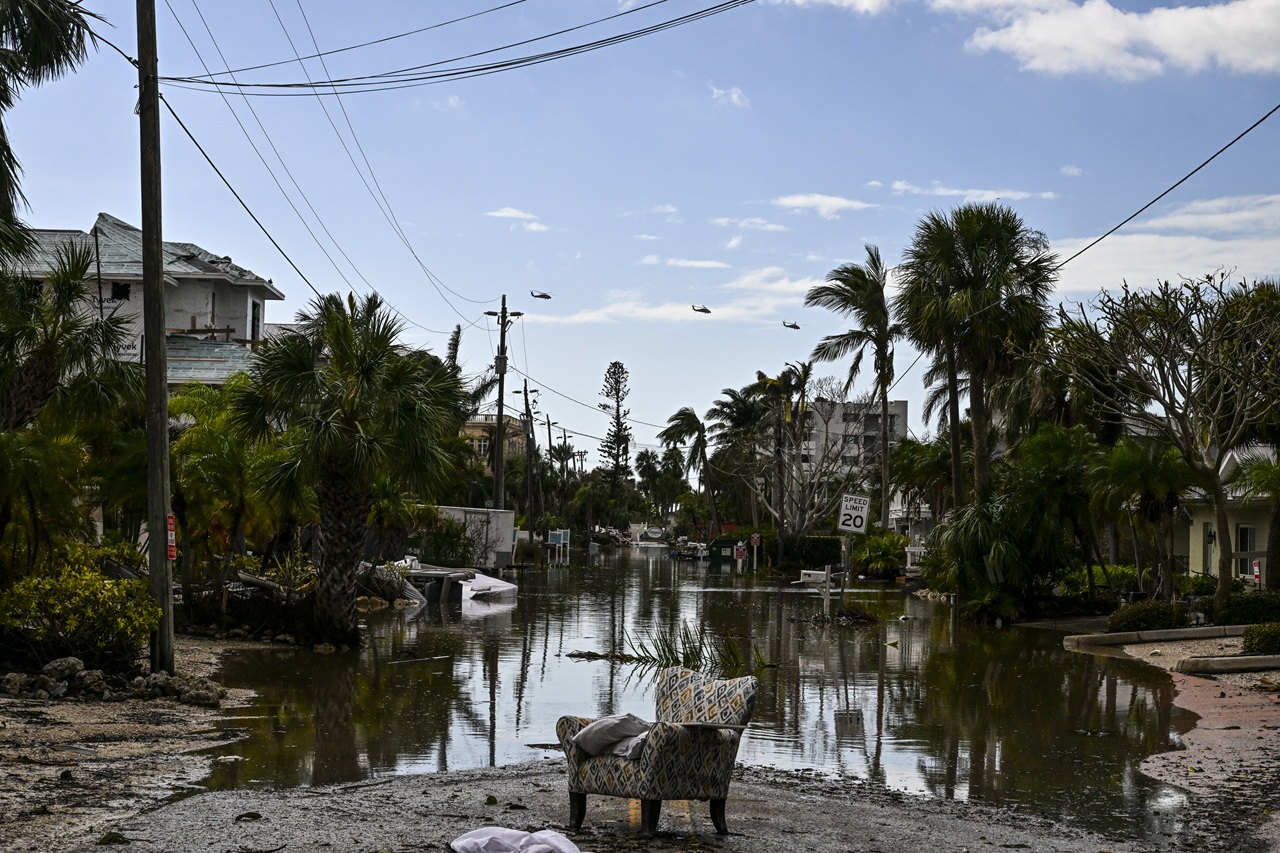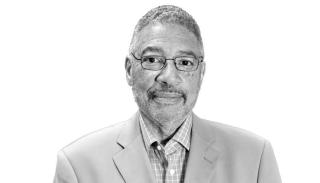
[OP-ED]: Jersey Authorities Stiff-Arm Effort To Preserve Little Known Legacy of Dr. King
Forgotten Fact: King inspired many Latino leaders
The first protest-&-legal-action against racism by Dr. Martin Luther King Jr. did not take place in Montgomery, Alabama where a boycott of public buses King led in the mid-1950s sparked a civil rights movement that upended America’s legally approved racism.
The site where King staged his first “sit-in” against racism was actually Maple Shade, New Jersey – twelve miles outside Philadelphia.
This little known fact about Dr. King is one of many about his impactful life…a life heavily influenced by Philadelphia area experiences and individuals.
Another overlooked fact about King Jr. is his connections with Latinos like NYC Puerto Rican activist Gilberto Gerena Valentin and Chicano farmer worker leader Cesar Chavez.
King’s June 11, 1950 protest-&-legal-action erupted after a Maple Shade bar owner denied service to King, his seminary colleague and their dates before he chased them from his establishment with a gun.
Hours before that now historic incident King, seminary colleague Walter McCall and a relative of McCall stood outside that relative’s family home in Camden talking about challenging discrimination in Maple Shade according to research conducted by Patrick Duff.
Duff, a Camden County resident, has worked for a few years to have that house in Camden’s Bergen Square community listed on New Jersey’s Register of Historic Places.
Duff’s curiosity about a racially tinged 2014 Maple Shade incident led to his learning about that 1950 incident involving Dr. King. Duff eventually uncovered extraordinary documentation including eyewitness accounts that connected King from Maple Shade to that Camden house where King often stayed during his few years living in the Philadelphia area.
The address for King and McCall on Maple Shade police documents was the Camden house. (King and college friend McCall attended a seminary then located in Chester, Pennsylvania.)
RELATED CONTENT
Recently Duff stood on the sidewalk outside that Walnut Street house. He talked about his remarkable findings and frustrations from foot-dragging by some state, county and city authorities regarding placement of that property on NJ’s historic registry.
A quibble from some that King merely ‘stayed’ in the house on occasion not ‘lived’ there as favored in registry approval is classic majoring-in-minors.
Duff documented King often stayed at that house and its role in that 1950 Maple Shade incident. Equally significant: Camden luminaries were involved in the legal wrangling following that incident.
King received support from Dr. Ulysses Wiggins, the then head of Camden’s NAACP branch. Wiggins worked on passage and implementation of the 1945 NJ law that mandated statewide non-discrimination enforcement – a first in America and a law King knew about.
A Camden minister, Rev. Lloyd Burrus, put King in touch with Wiggins.
King’s lawyer following that incident was the counsel for the Camden NAACP, Robert Burk Johnson.
The involvement of Camden luminaries in an incident the legendary Dr. King declared salient in his life elevates the importance of historic certification for that Camden house.
The foot dragging on registry of a property that provides a focal point to recognize historic strides of so many local/national notables approaches shameful.











LEAVE A COMMENT: